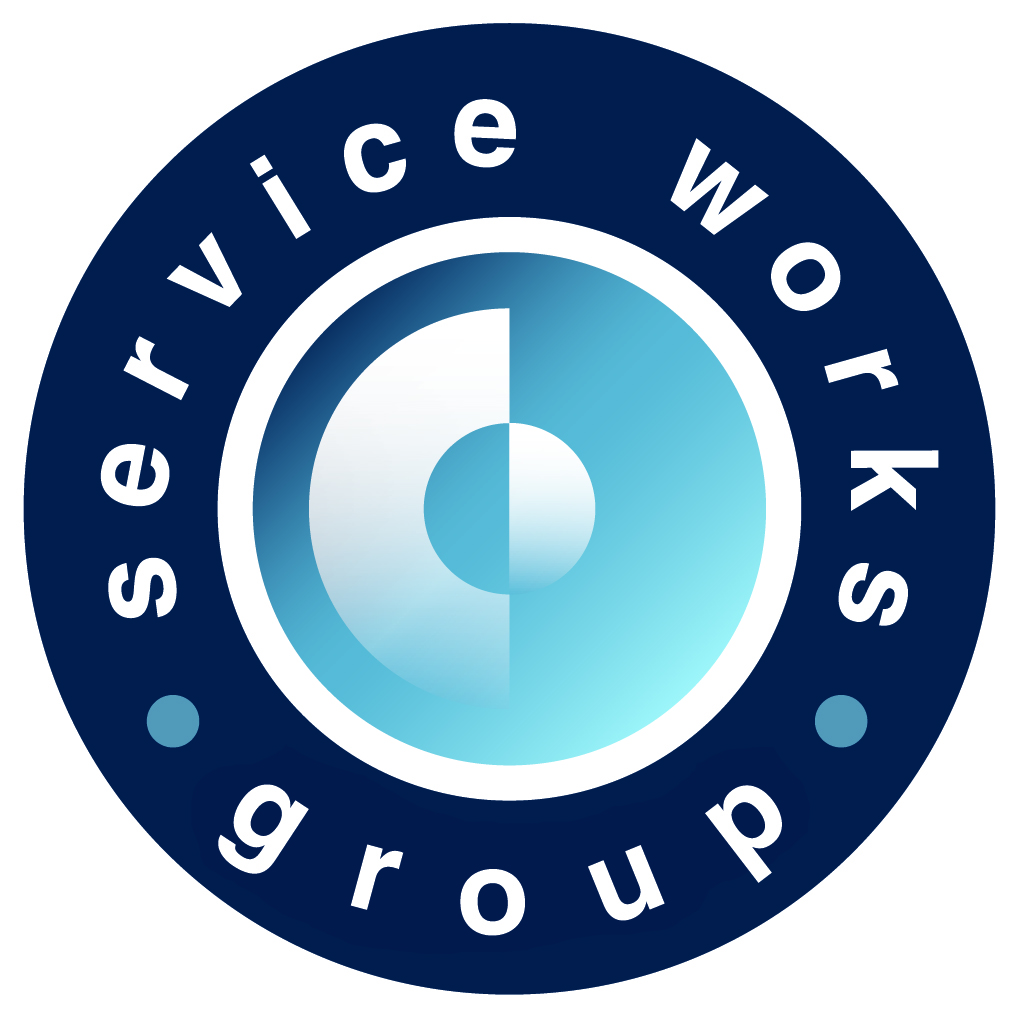Following our article this week, ‘Top Tech Trends for FM – 2017’, Service Works looks at some of these trends in more depth. 2017 will be a big year for smart technology in facilities management, powered by the rise of connectivity through the Internet of Things, or IoT. This cloud network of connected devices enables information from each to be easily accessible for reporting and analysis, and also a high level of communication between these different systems to enable efficient, streamlined building management.
BIM Level 3
In the UK, BIM Level 2 is a mandatory requirement for all public sector projects, and other countries are looking to adopt a similar strategy. Service Works predicts that BIM Level 3, or Open BIM, will be the one to watch in 2017. The main difference between Levels 2 and 3 is that the latter signifies full collaboration between all parties using a single model, eliminating the possibility of conflicting information and data is made easily accessible for all. This data will not only enable buildings to be constructed more efficiency by allowing modelling and correction of different scenarios before the plans are finalised, the sharable nature of BIM means that the data can also be used to provide asset information for smart cities and smart grids – enabling high levels of efficiency across a whole locality.
Smart buildings
Technology has become such a necessity to daily living, both work and leisure, that it is no longer enough for a building just to house our electronics. Now, we expect a building to work for us, providing optimal lighting, heating and temperature without any user input, as well as save money and reduce its environmental impact. Monitoring and managing building conditions has always been a time-intensive job for the facilities management team, so the rise of the smart building is a positive development. FM software systems integrated with other BMS programmes provide a high level of streamlined control across a building, but a smart building provides the next level of comfort. For example, imagine the scene where you enter a building and your ID tag is read automatically, checking you in and sending a text to inform you of your meeting’s location. The meeting room is already lit and at a comfortable temperature, and sensors detect when the room is empty and switch off these functions to save energy. Sensors can further be used to identify vacant hot desk seats, and inform the booking system when it recognises a space is in use. The potential for increased productivity both for workforce and facilities management team alike is immense.
Li-Fi
Recent investments in Li-Fi technology mean we can expect further take up in 2017. While Wi-Fi works with signals travelling across radio waves, Li-Fi uses light from LEDs to transmit information. This superfast system has the potential for speeds up to 224 GB per second and can be incorporated into existing LED systems to provide wide-ranging coverage to compliment or even negate the need for Wi-Fi routers. The benefits to the facilities management discipline are numerous:
- faster data speed means networks can accommodate more devices and therefore allow increased connectivity and productivity throughout a smart building
- basements and other traditional black areas for internet signal can be transformed into better working environments
- Li-Fi is deemed more secure than Wi-Fi as the signal cannot be intercepted outside of a building
- Signals emit no electromagnetic interference so can be used around sensitive hospital equipment, for example.
Facilities managers must equip themselves with knowledge of these current and future developments in order to continue to be the driving force of an organisation, keeping the buildings and inhabitants alike working to peak performance.
To receive Service Works’ weekly blog straight to your inbox, please sign up to our email service: http://swg.com/blog-signup/






